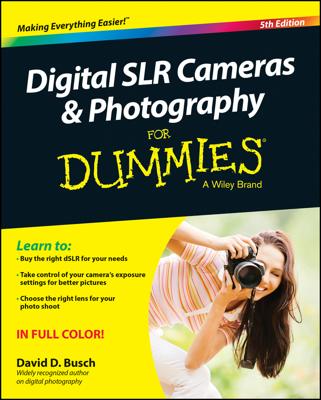Two main types of sensors are used in digital cameras today: CCD (charge-coupled device) and CMOS (complementary metal-oxide semiconductor) imagers. Although each type of sensor uses different technology to capture images, these sensors have no inherent quality difference.
Both CCD and CMOS imagers use metal-oxide semiconductors, and they have about the same degree of sensitivity to light.
The main difference is in what each type sensor does with the light after capturing it:
CCD sensor: Captures photons as electrical charges in each photosite (a light-sensitive area that represents a pixel). After exposure, the charges are swept off the chip to an amplifier located in one corner of the sensor. External circuitry converts the analog signal to digital form and handles storing it on your memory card.
CMOS sensor: Includes solid-state circuitry at each and every photosite, and can manipulate the data for each pixel right in the sensor. The CMOS sensor can respond to lighting conditions in ways that a CCD can’t. Every photosite can be accessed individually.

